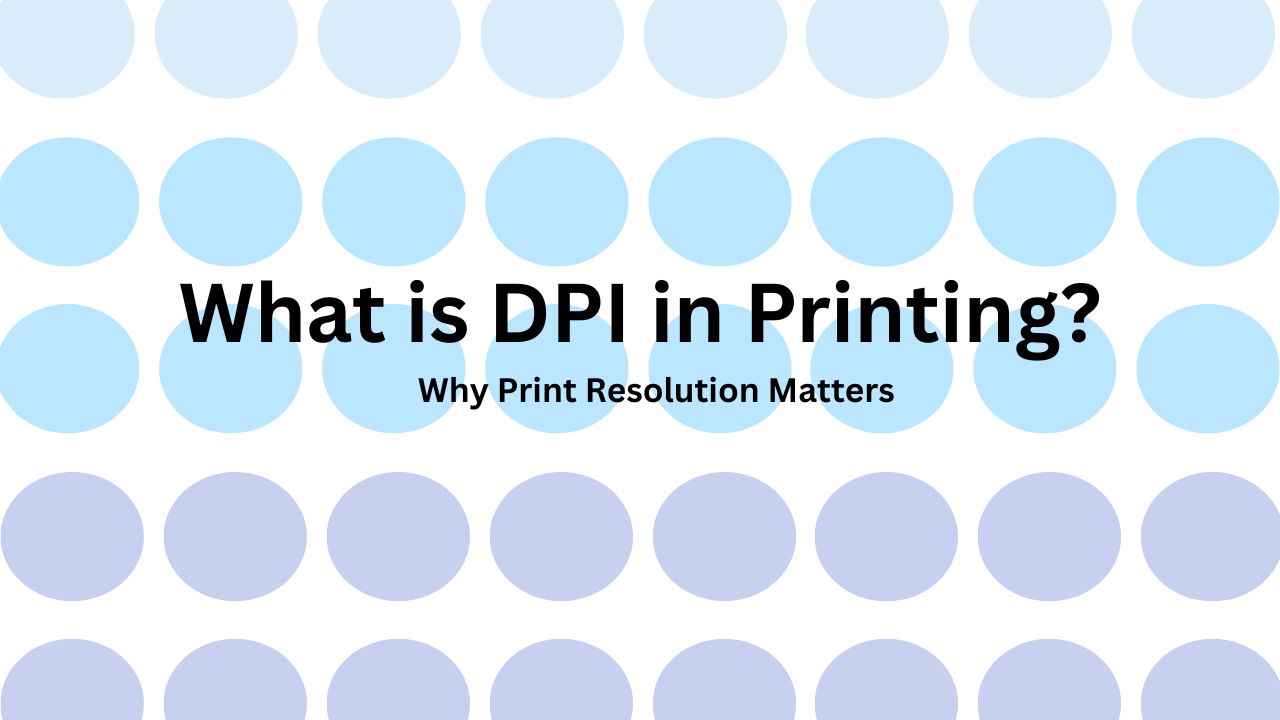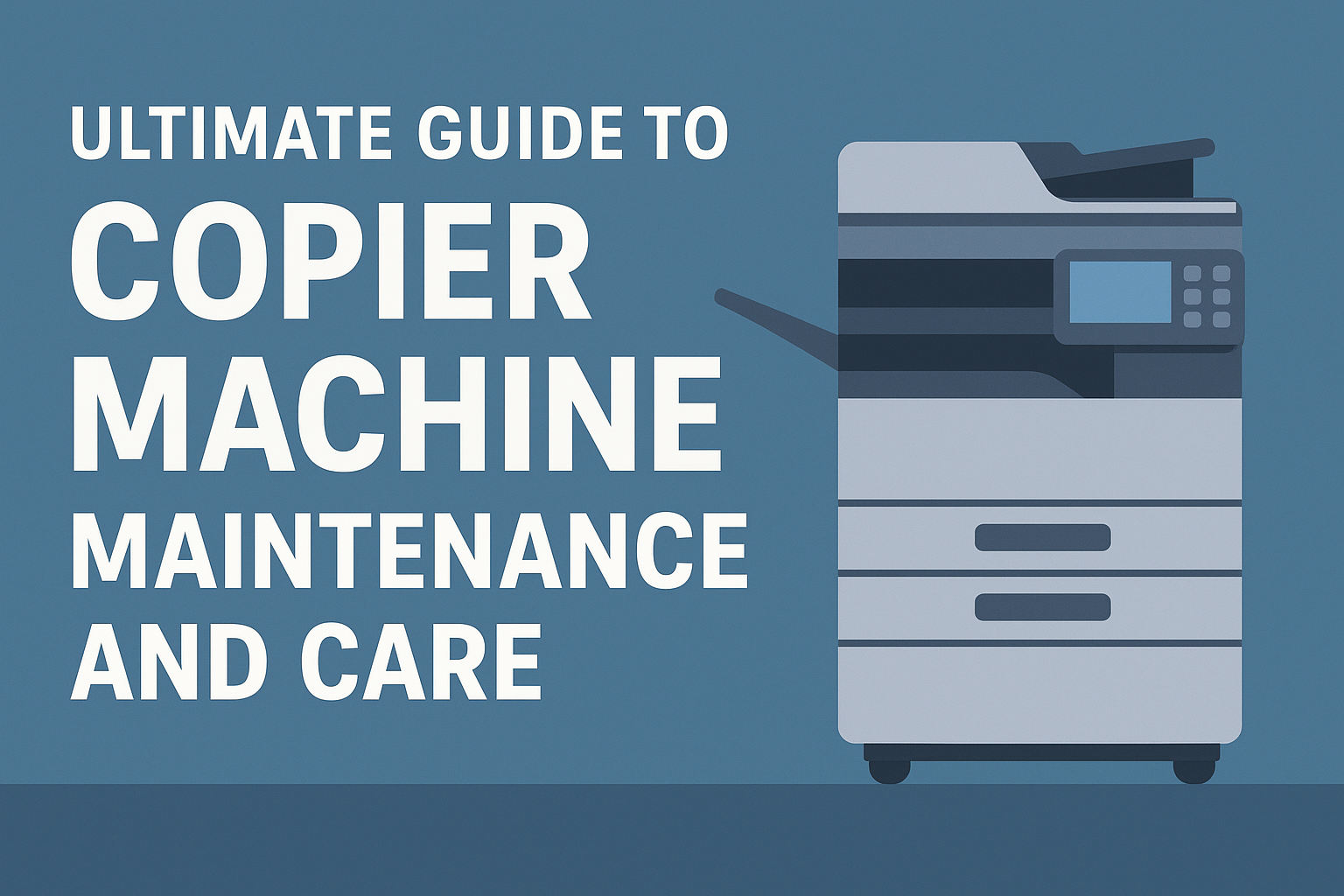Introduction to Print Management in Modern Office Environments
In today's digital age, the management of printing systems has evolved to meet the demands of both wired and wireless technologies. Understanding how these systems work, what they offer, and how they compare is crucial for any business aiming to optimize its workflows and reduce costs.

Understanding Wireless Print Management Systems
What is a distributed file storage system?
A distributed file storage system (DFS) is central to the modern approach to data management. It comprises a network architecture that distributes files across multiple servers and locations, enabling efficient access as if the files were stored locally on any connected device.
Collaboration is significantly enhanced within distributed teams, as DFS allows simultaneous access to the same data from various geographical points. This is especially beneficial in hybrid cloud environments where the demand for data access from multiple locations is critical.
Advantages of a DFS
The advantages of implementing a DFS are multifaceted:
Organizations commonly use systems such as Windows Distributed File System, Network File System (NFS), and Hadoop Distributed File System (HDFS) due to their robust features. This shift to distributed storage enhances productivity, fortifies data management strategies, and mitigates risks associated with data theft and ransomware attacks.
The Advantages of Wired Print Management Systems
What is distributed database storage?
A distributed database is a database that stores data across multiple locations rather than a single central hub. This setup significantly enhances data resiliency and availability, enabling horizontal scaling capabilities. Distributed databases come in two varieties:
Data distribution can employ different techniques:
To ensure data integrity, distributed databases must support transactions while adhering to the ACID properties—Atomicity, Consistency, Isolation, and Durability. This adherence ensures robust operations, preventing data anomalies.
Distributed databases offer significant benefits, including improved performance due to parallel processing and high availability through redundancy. However, they also face challenges related to complexity and maintaining data consistency across all nodes.
Benefits of Distributed Storage
Distributed storage systems present noteworthy advantages:
Laying out these features highlights the essential role distributed storage systems play in modern data management.
Cost Considerations and Implementation Strategies
Infrastructure Costs
When implementing a distributed storage system, the initial investment can vary significantly based on the approach taken. Companies have the option to use cloud-based solutions, such as Amazon S3 or Microsoft Azure Blob Storage, which eliminate the need for physical hardware but may have subscription fees tied to storage and data transfer. In contrast, on-premises solutions like Cloudian HyperStore require significant upfront capital for hardware but can reduce long-term operational costs through carefully managed resources.
Maintenance and Setup
Setting up a distributed storage infrastructure necessitates careful planning to ensure efficiency and performance. Ongoing maintenance can include software updates, security measures, and scaling operations, which might require additional skillsets in-house or outsourced IT support. The total cost of ownership should factor in these maintenance expenses alongside the setup costs.
Scalability
One of the principal advantages of distributed storage systems is their scalability. Companies can begin with a moderate capacity and increase their storage capabilities incrementally by adding new nodes as needed. This approach is particularly cost-effective as it allows businesses to scale their infrastructure in alignment with their growth. This flexibility makes it easier to manage expenditures over time while ensuring that data management capabilities can evolve with organizational needs.
Cost ComponentCloud-Based SolutionsOn-Premises SolutionsInitial InvestmentLow (pay-as-you-go model)High (hardware purchase)Maintenance CostsIncluded in subscriptionRequires ongoing resourcesScalabilityImmediate (add storage)Incremental (purchase more)
Comparing Network Attached Storage with Distributed File Systems
What is the difference between NAS and a distributed file system?
The primary difference between Network Attached Storage (NAS) and a distributed file system (DFS) lies in their architecture and operational capabilities.
Operational capabilities
A distributed file system typically allows for transparent operation across multiple servers, encompassing features such as:
Data integrity measures
DFS systems prioritize data integrity with robust mechanisms:
Network efficiency
DFS improves network efficiency by enabling:
Adapting Print Management Systems to Business Needs
What are distributed file systems and object storage solutions?
Distributed file systems (DFS) and object storage solutions are critical technologies for managing unstructured data across multiple servers. These systems enable organizations to store vast amounts of data efficiently by using clusters of nodes that are scattered across various geographical locations. This architecture not only enhances performance but also provides redundancy and failover capabilities.
According to Gartner, these platforms support a variety of access protocols, including NFS, SMB, and Amazon S3. This versatility allows businesses to adapt their storage solutions to various use cases, such as analytics, backup, and hybrid cloud operations. Understanding the competitive landscape is crucial; the latest Gartner Magic Quadrant reveals top providers like Pure Storage, Dell PowerScale, and Cloudian, which are recognized for their robust performance and capabilities.
Recent trends highlighted in the 2024 Magic Quadrant indicate a shift towards unified storage solutions that combine both file and object storage. This evolution underscores the growing need for scalability and flexibility in managing data, catering to organizations that face increasing storage demands. The focus on modern management techniques emphasizes the importance of a cohesive strategy for handling diverse data types, ensuring businesses can remain agile and responsive.
Future Trends in Print Management Technology
What is a Distributed Storage System?
A distributed storage system is a powerful architecture that divides data storage responsibilities across multiple physical servers. Often situated in various geographic locations, this arrangement enhances scalability, ensures redundancy, and boosts performance across cloud platforms like Amazon S3 and local solutions like Cloudian HyperStore.
How Does Distributed Storage Handle Data?
Distributed storage is versatile, adept at managing diverse data types including:
What are the Benefits of Distributed Storage Systems?
Distributed storage systems offer numerous advantages:
What Key Features Does This System Offer?
Key characteristics of distributed storage systems include:
FeatureExplanationImportancePartitioningDivides data into manageable sectionsFacilitates quick accessReplicationCreates duplicates across different nodesEnsures data availabilityFault ToleranceMaintains data integrity even during node failuresCritical for reliabilityElastic ScalabilityAllows seamless addition of resources to scale with demandAdaptable to changing needs
How Does the CAP Theorem Affect Distributed Storage?
The CAP theorem posits that a distributed storage system cannot offer Consistency, Availability, and Partition Tolerance simultaneously. Most systems will opt to prioritize availability and partition tolerance, often at the expense of consistency, leading to innovative solutions for maintaining balance.
Examples of Distributed Storage Providers
Noteworthy examples of distributed storage include:
Conclusion: Choosing the Right Print Management Solution
Selecting between wireless and wired print management solutions depends largely on organizational needs, infrastructure, and future planning. With technological advancements continuously shaping the capabilities and offerings of both systems, businesses must weigh the benefits and limitations carefully to make informed decisions that align with their operational goals and budget constraints.




.jpg)


























